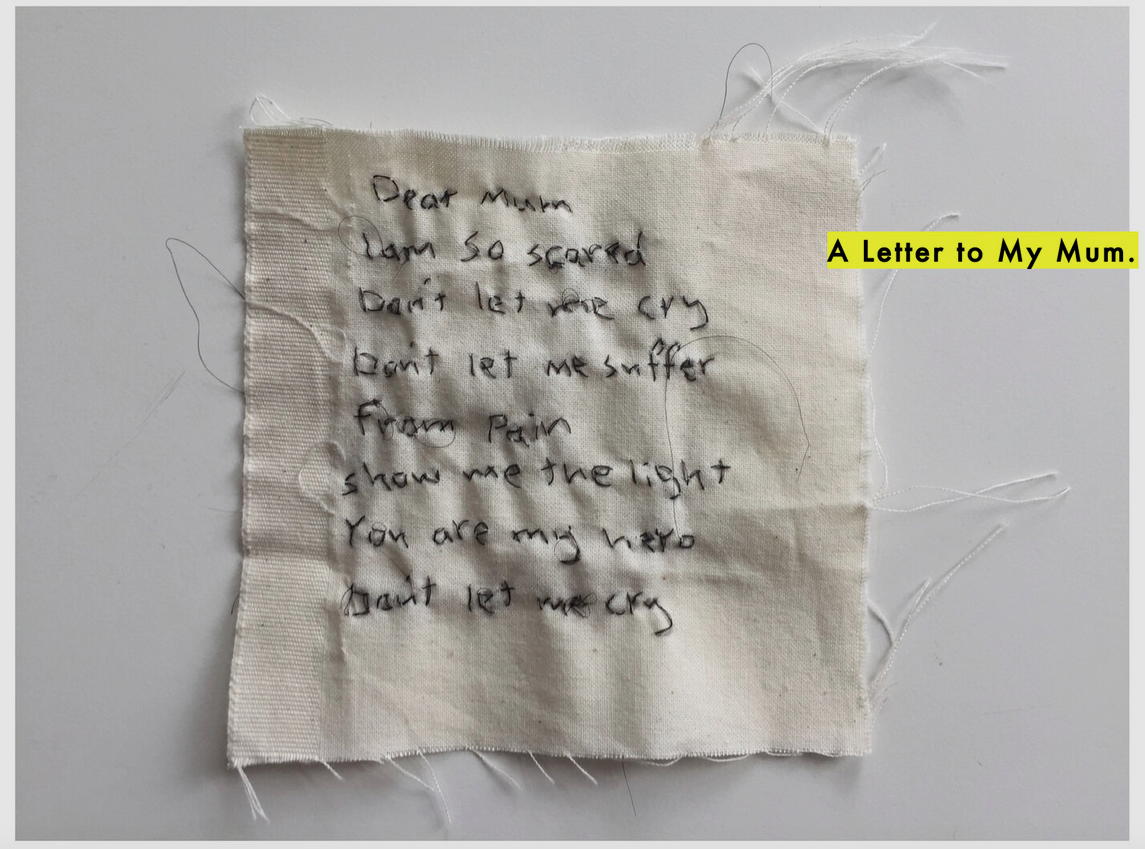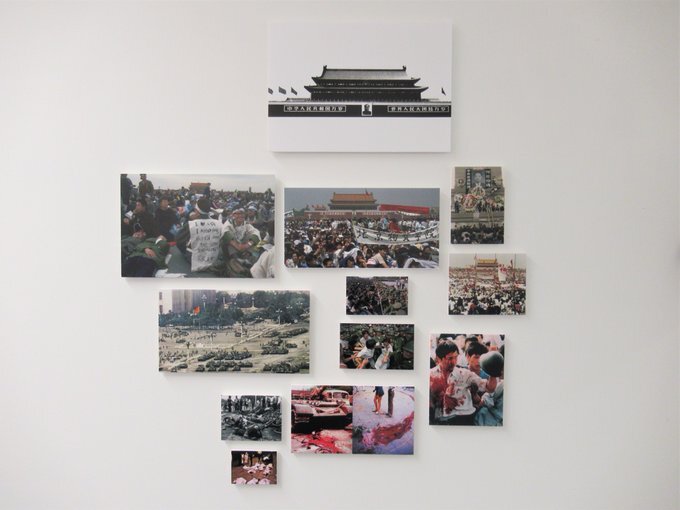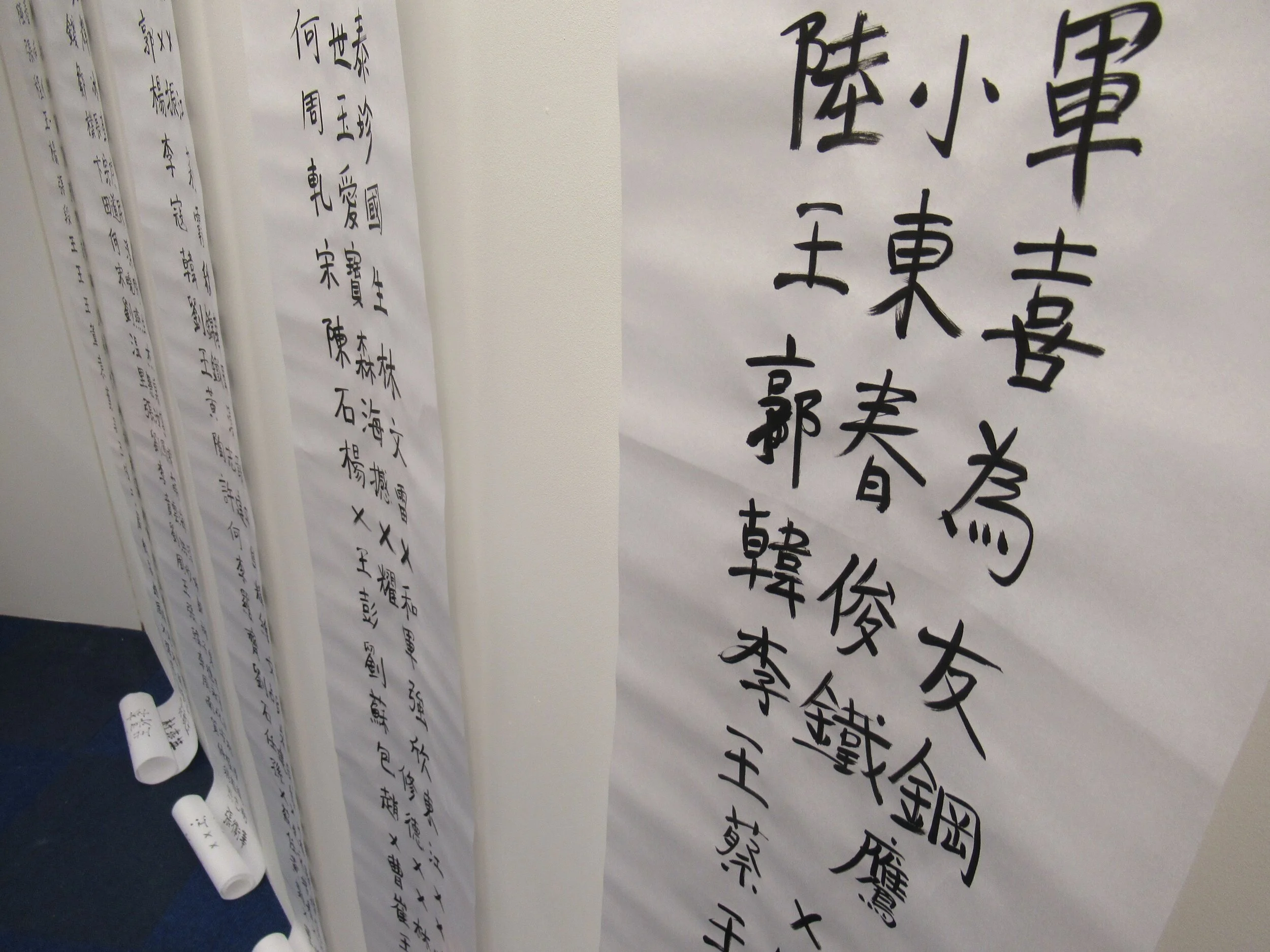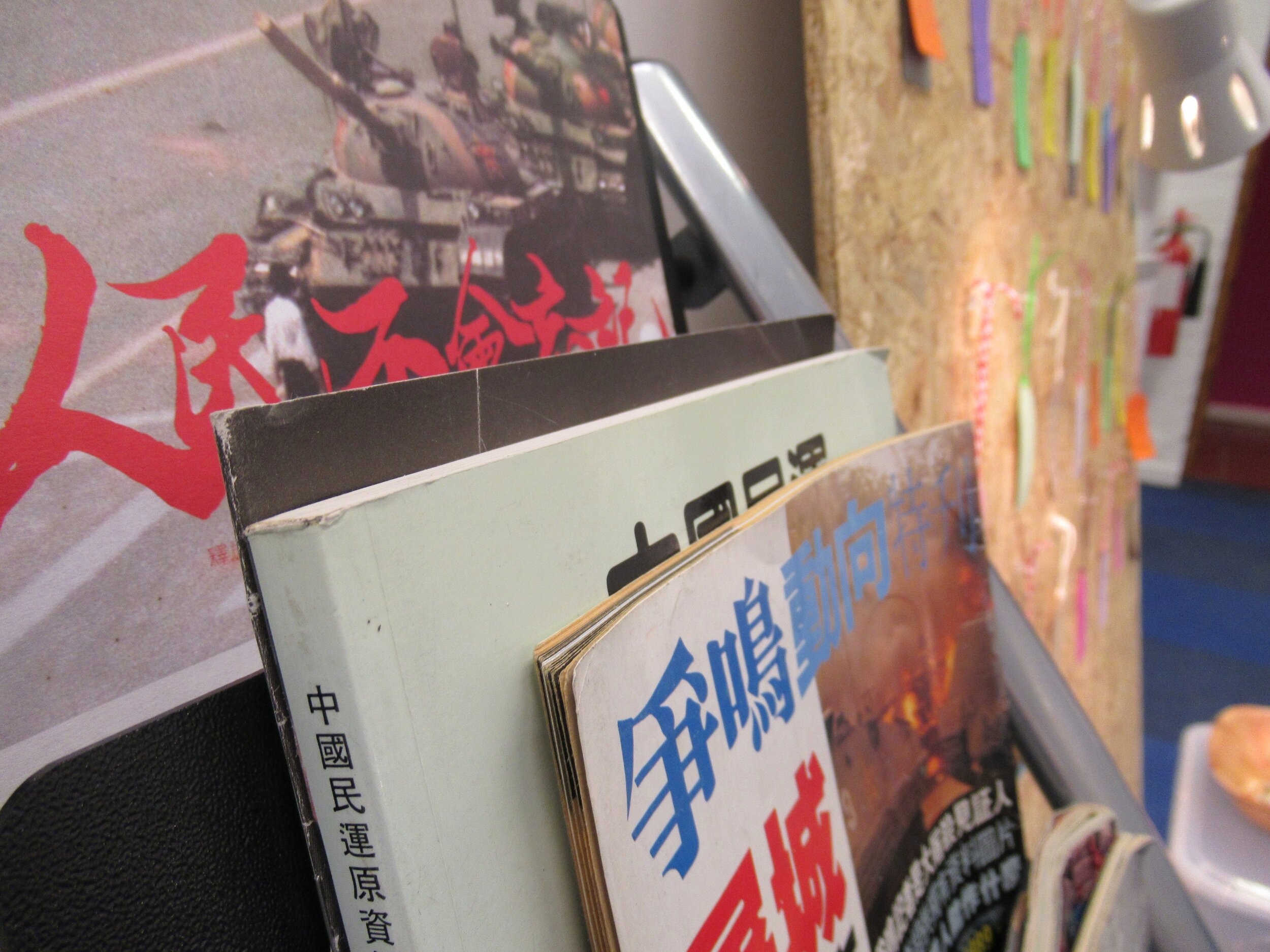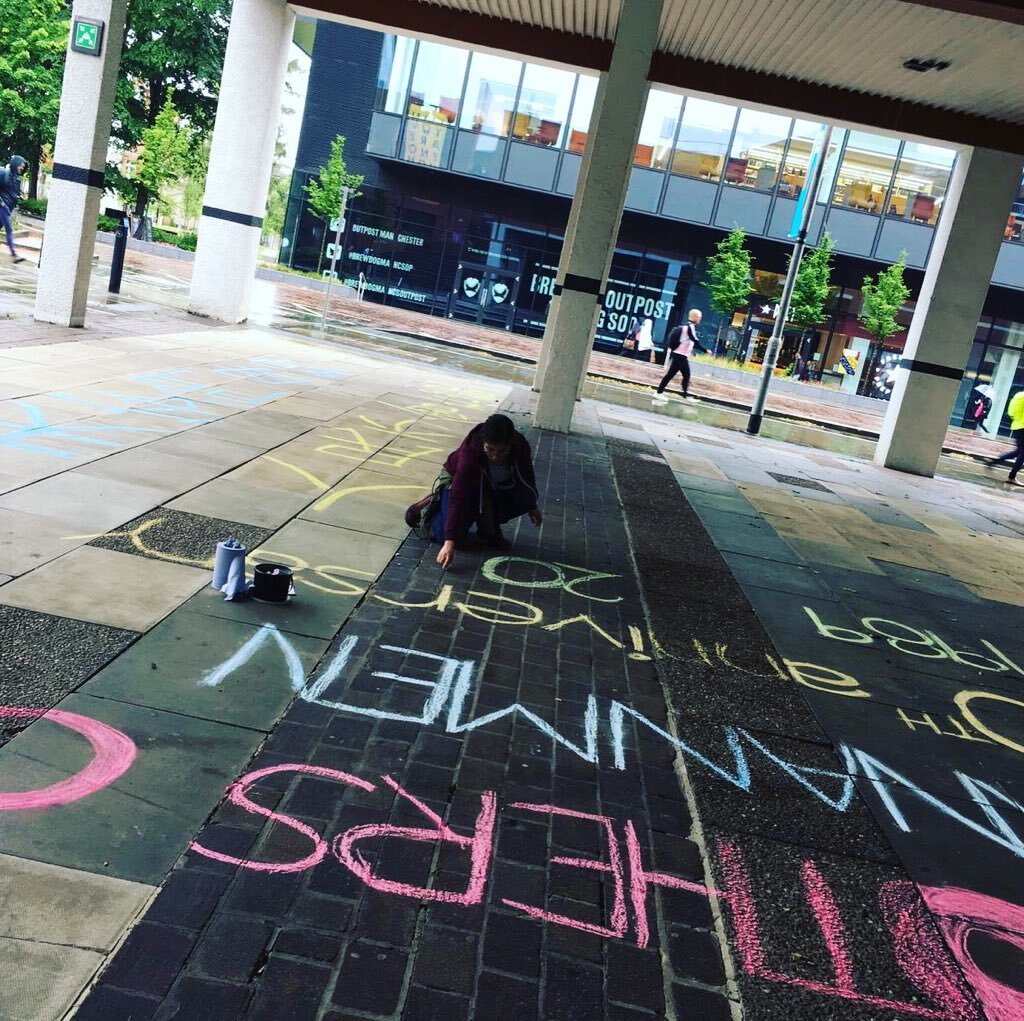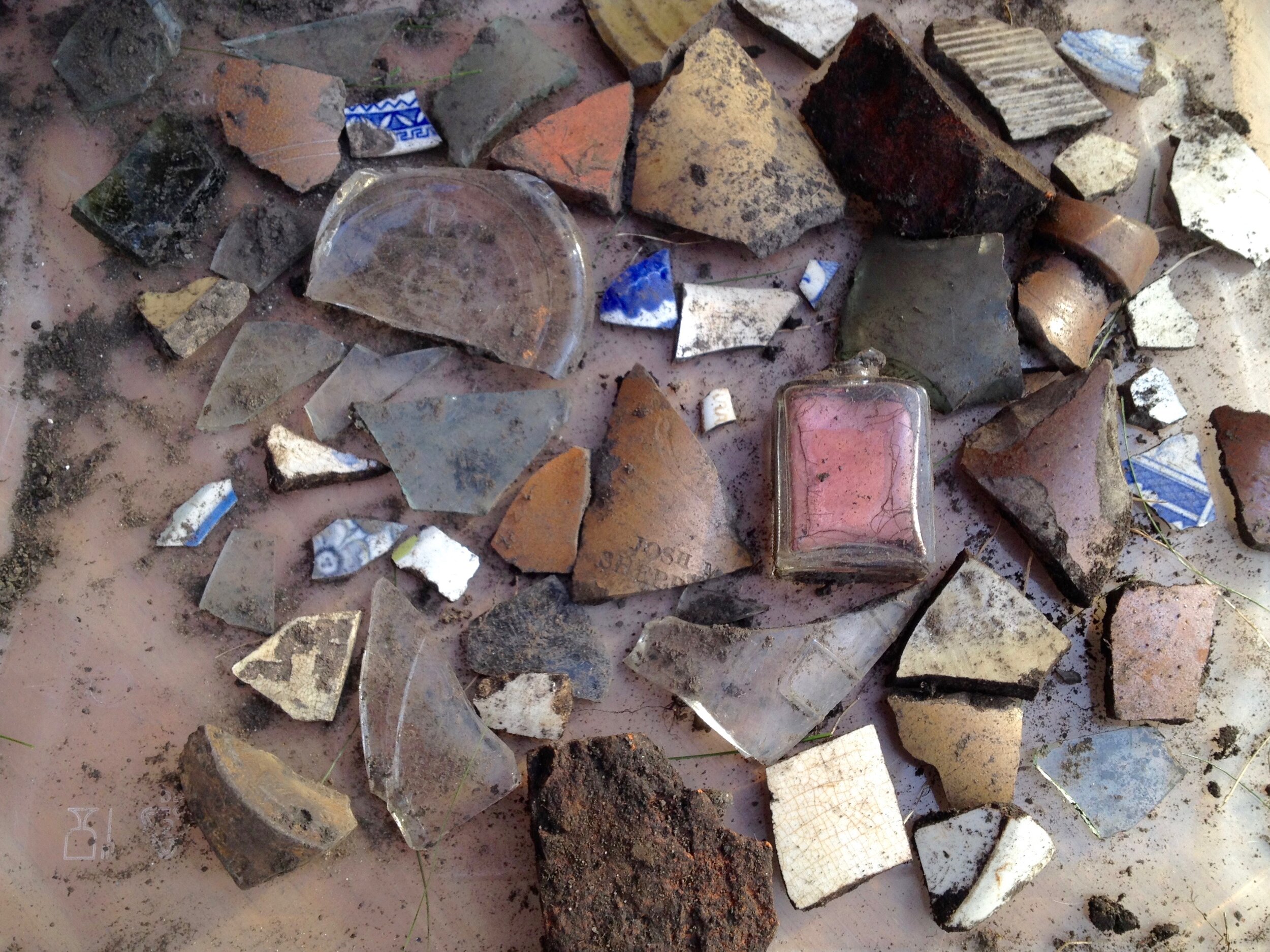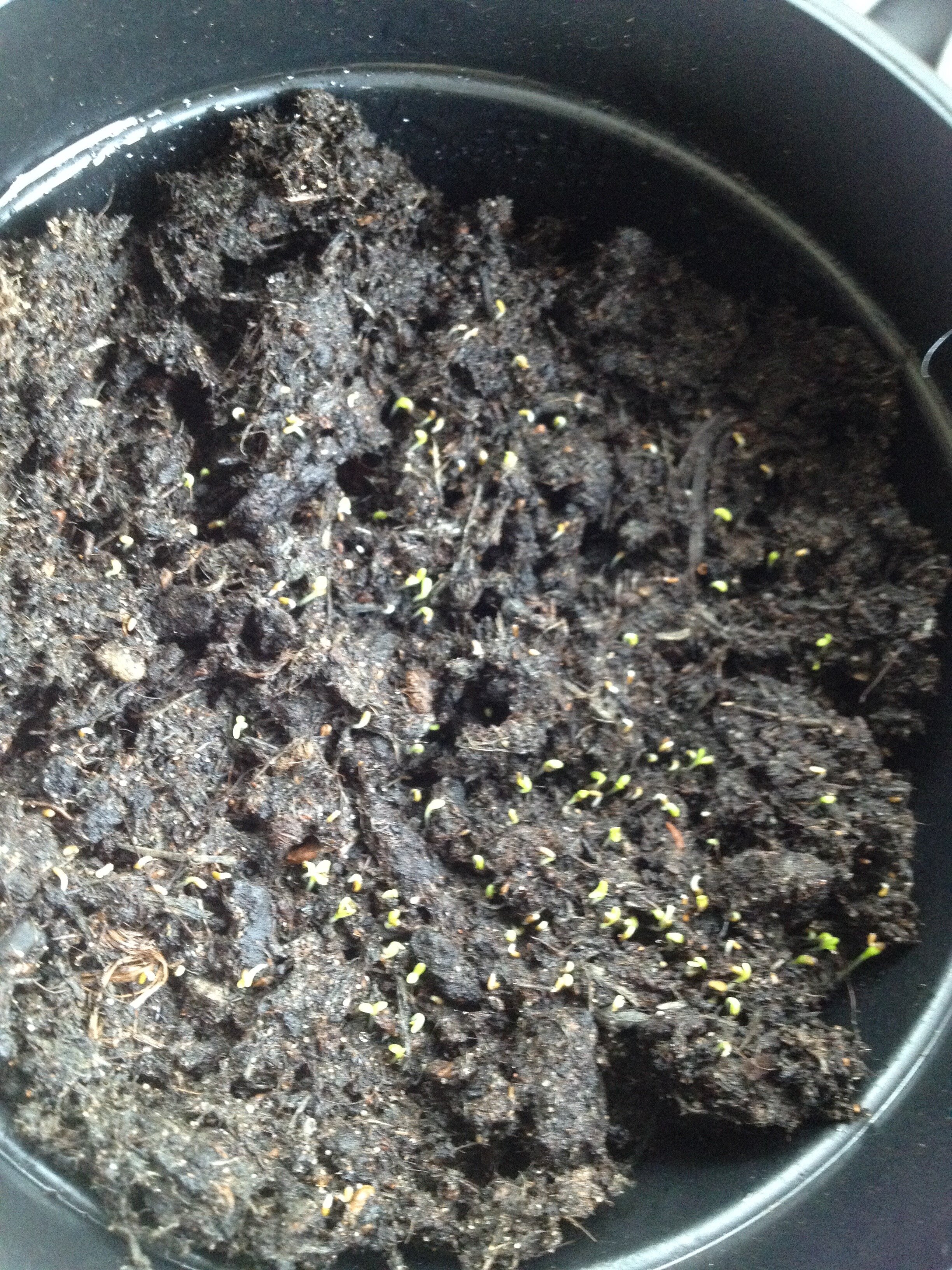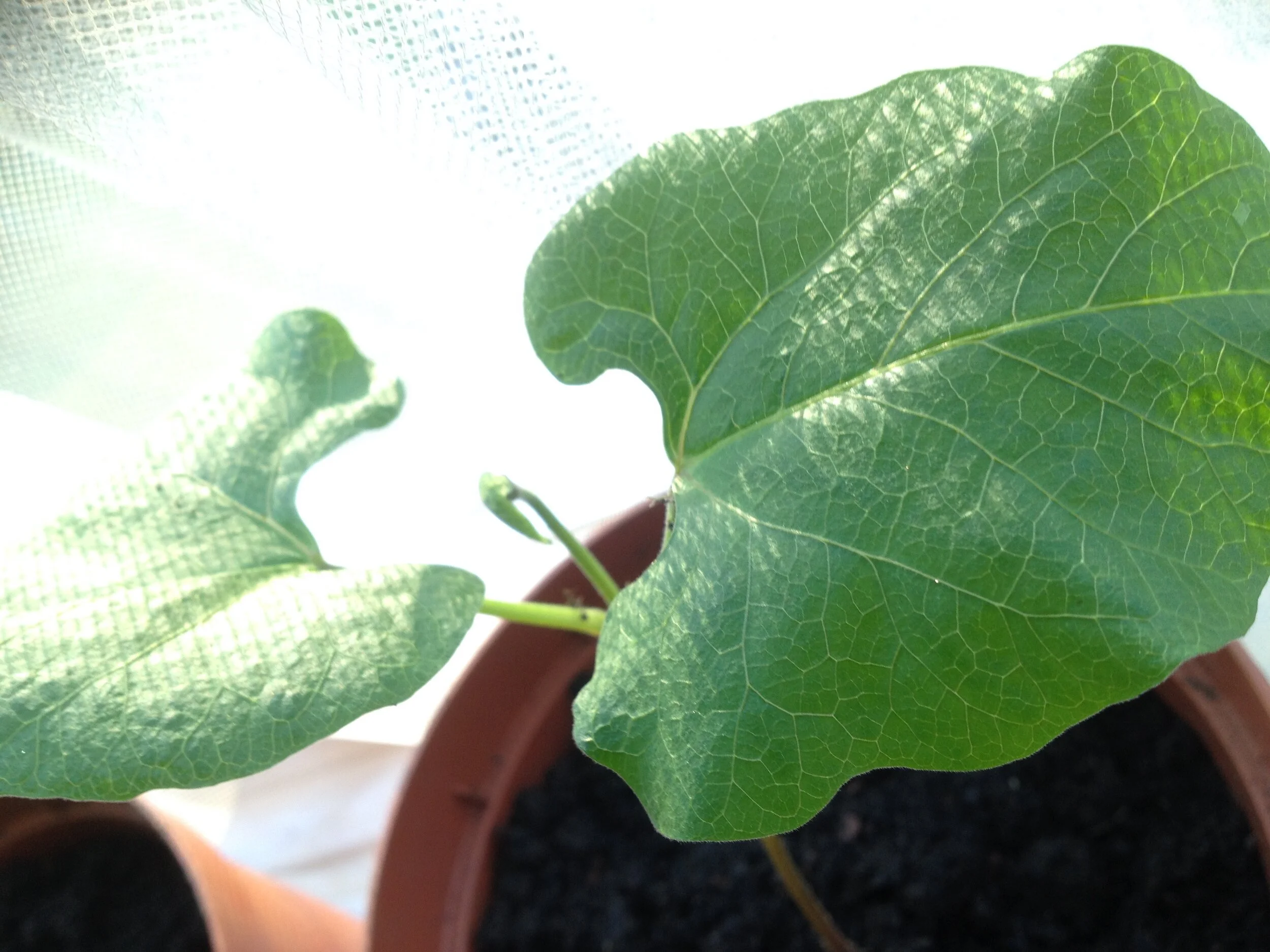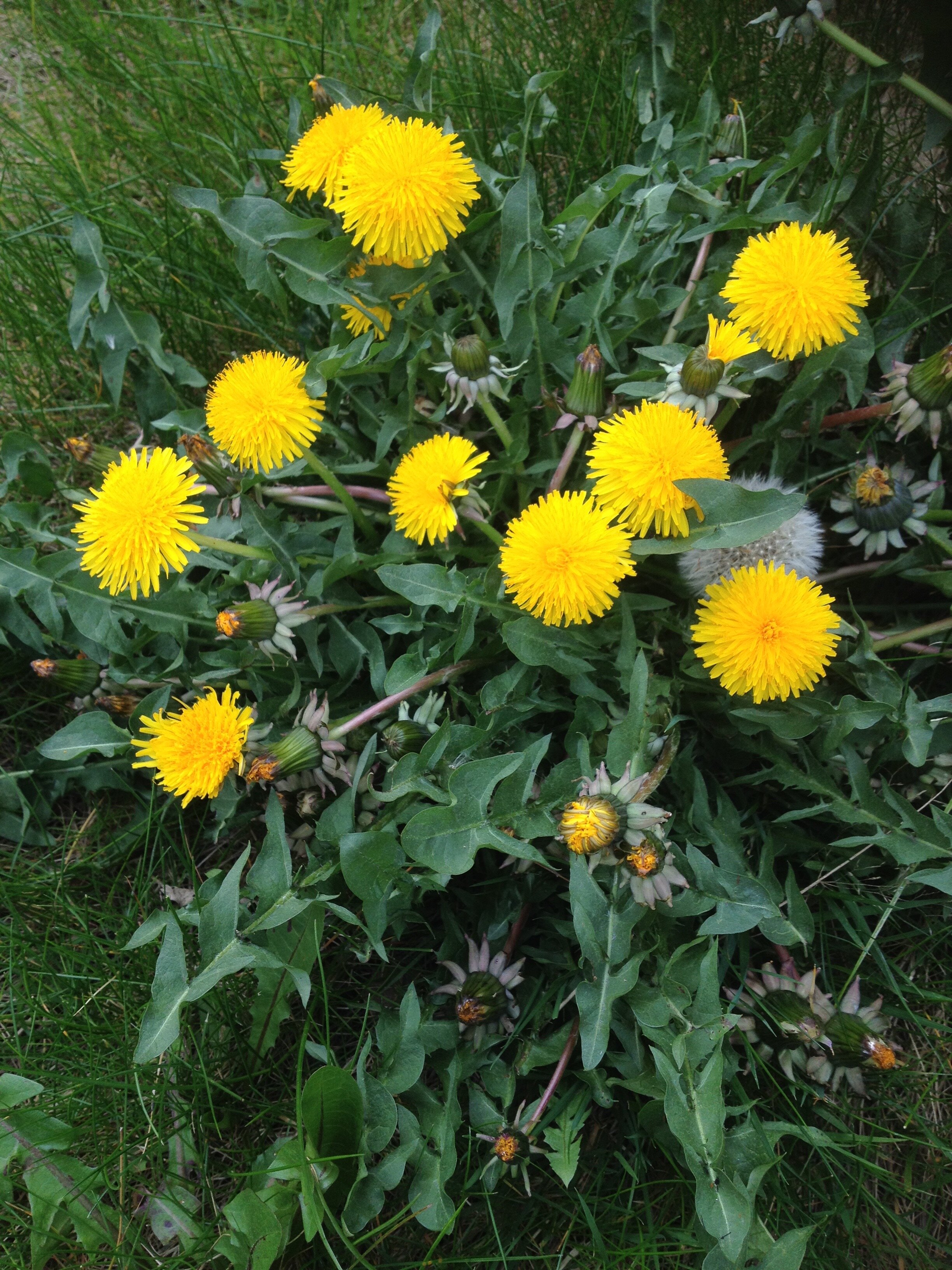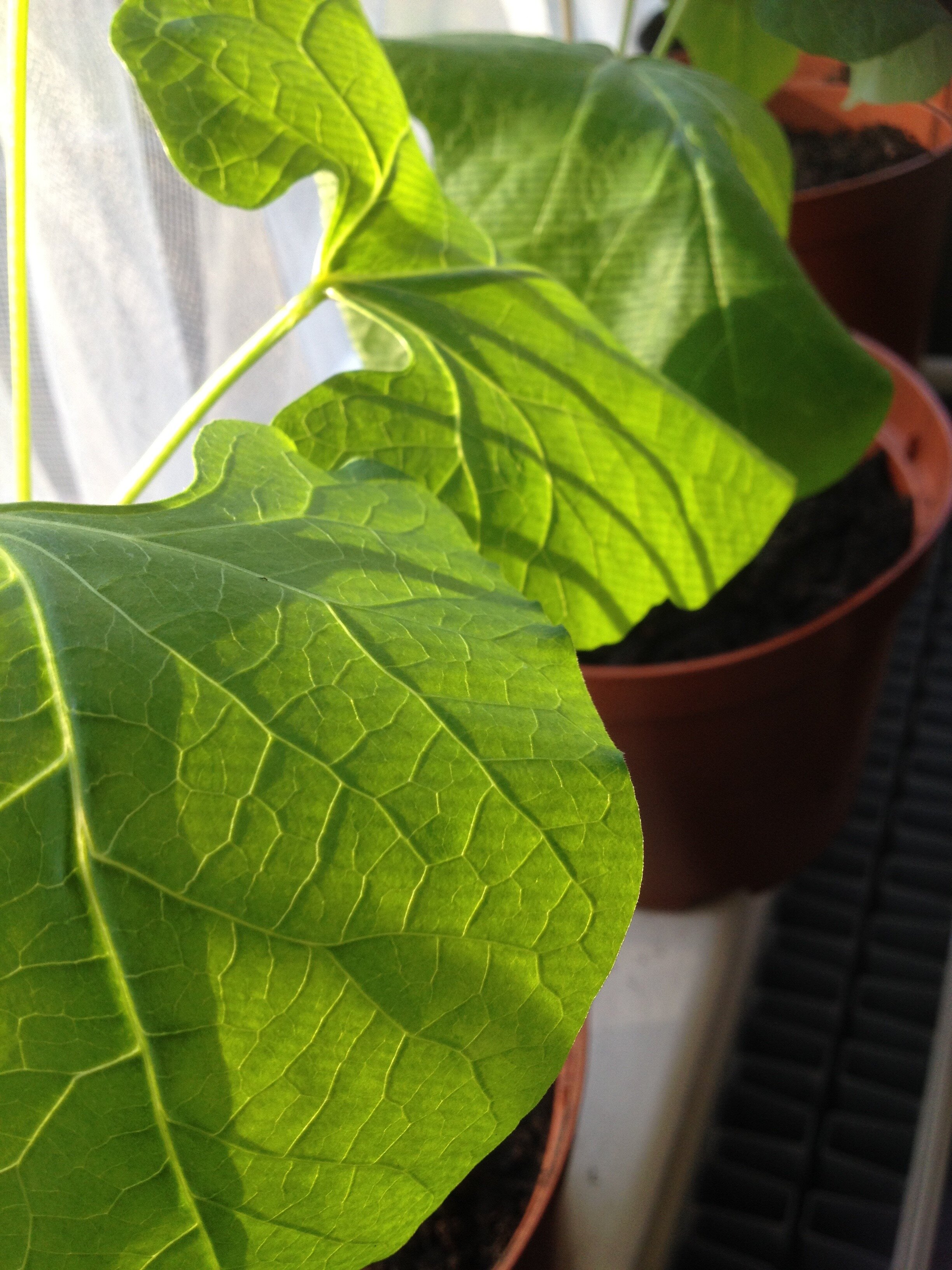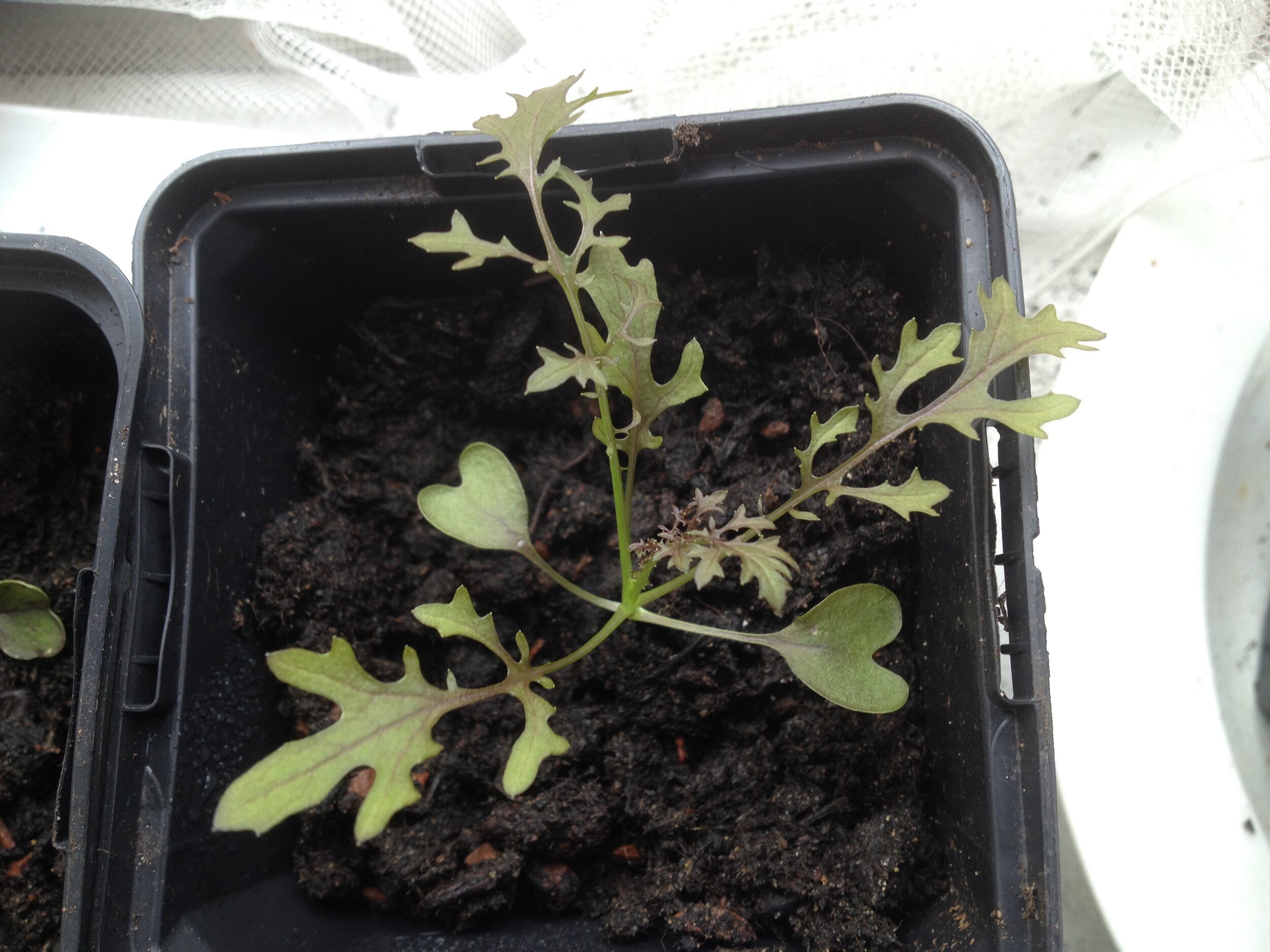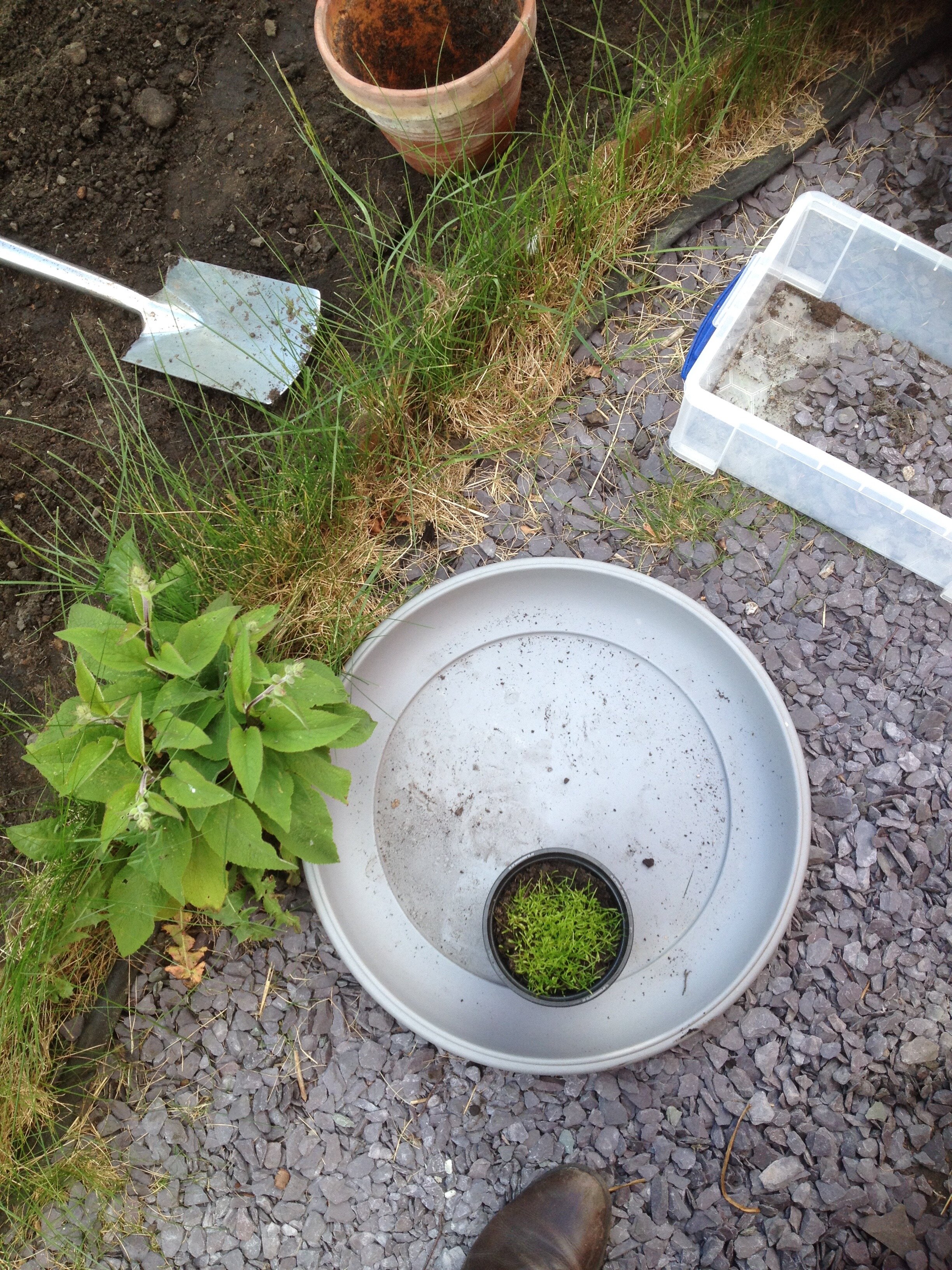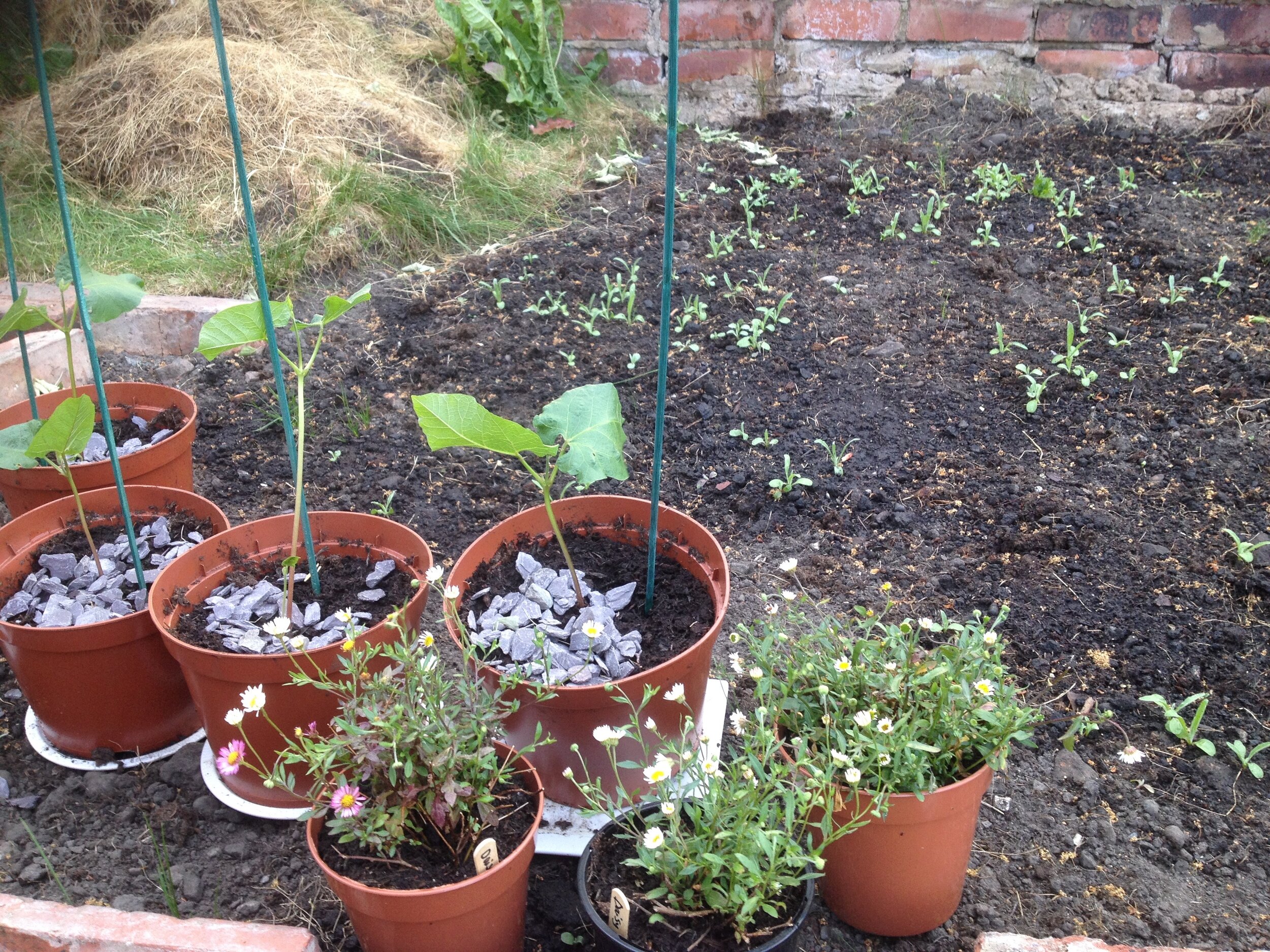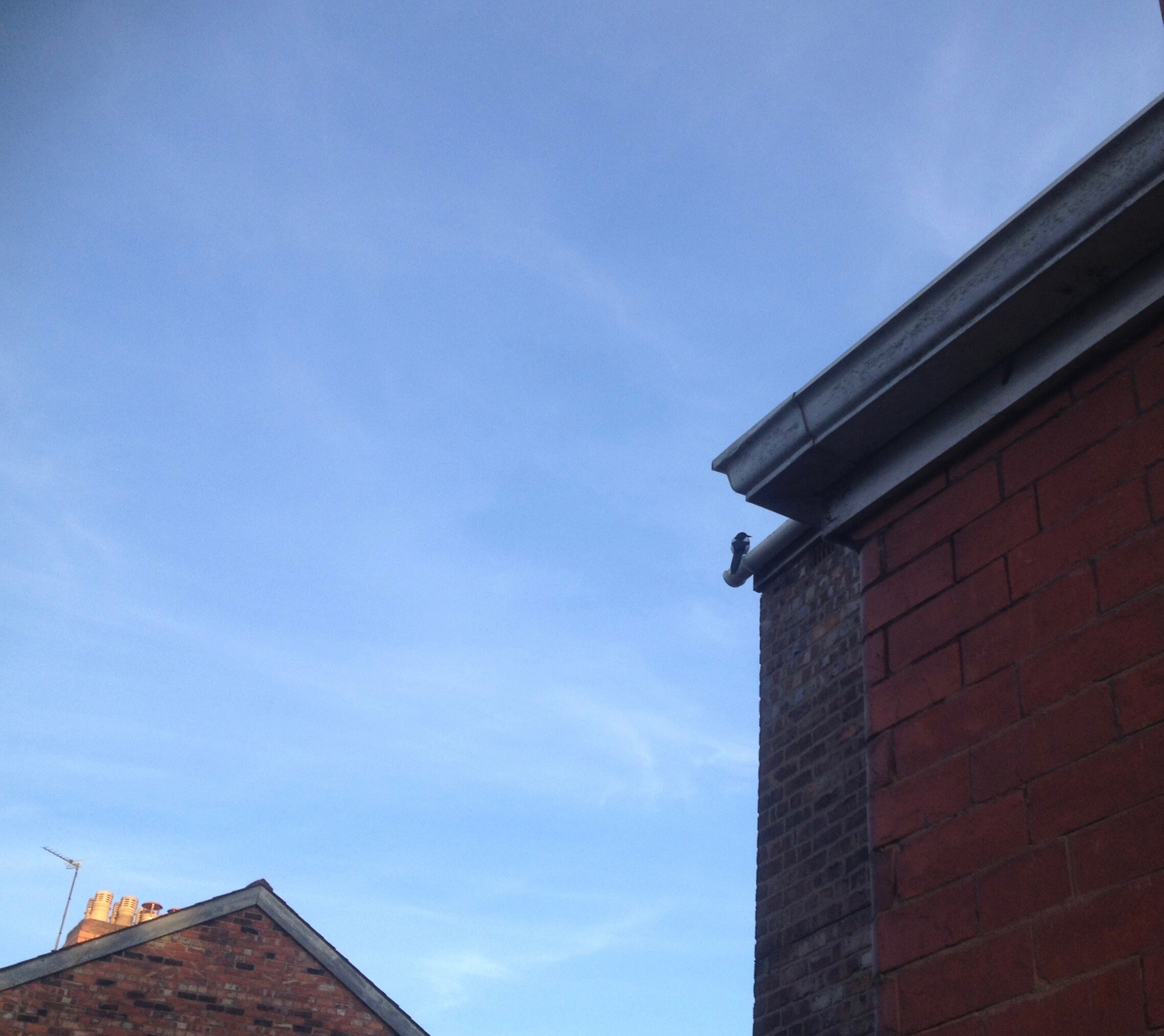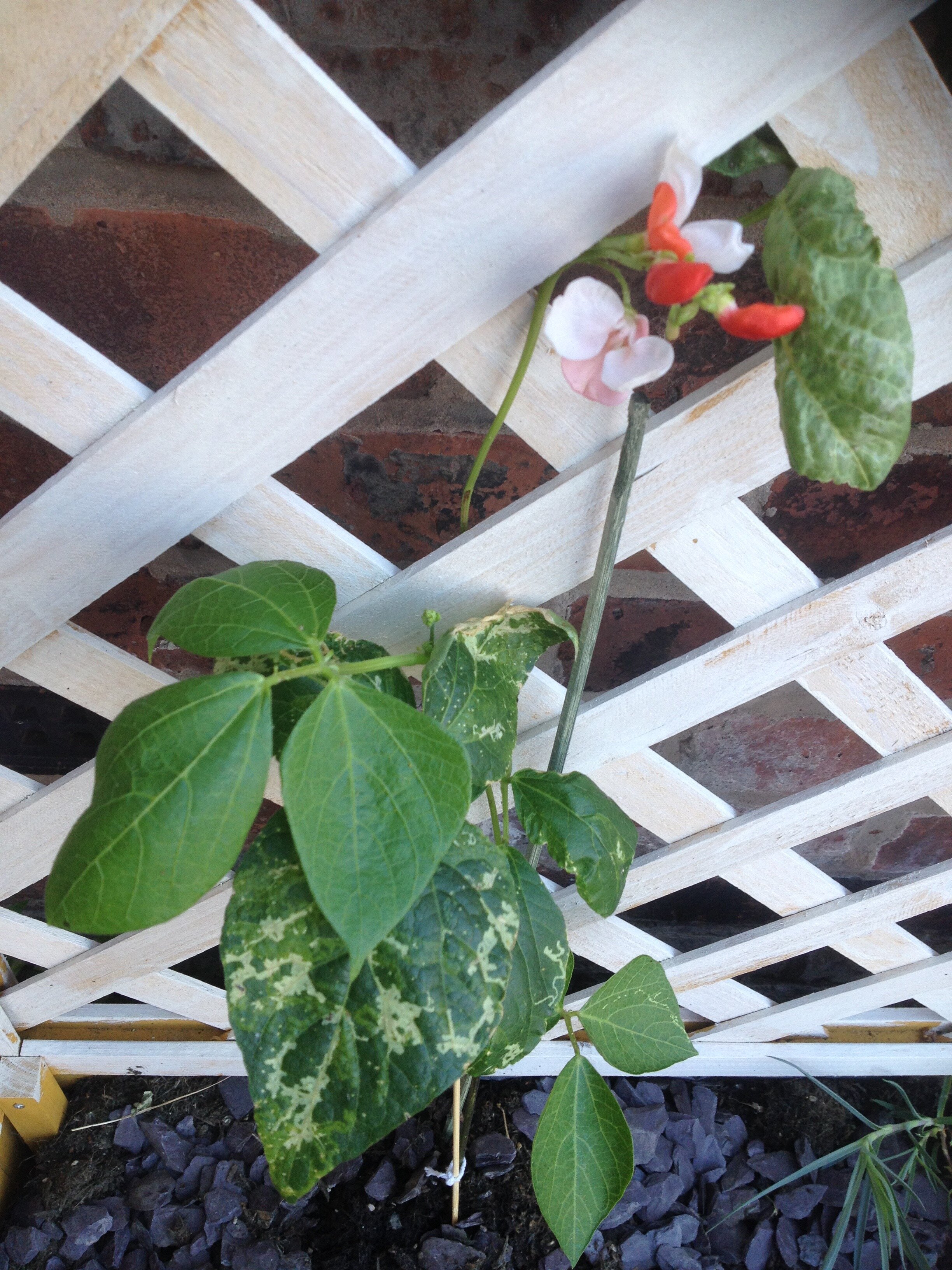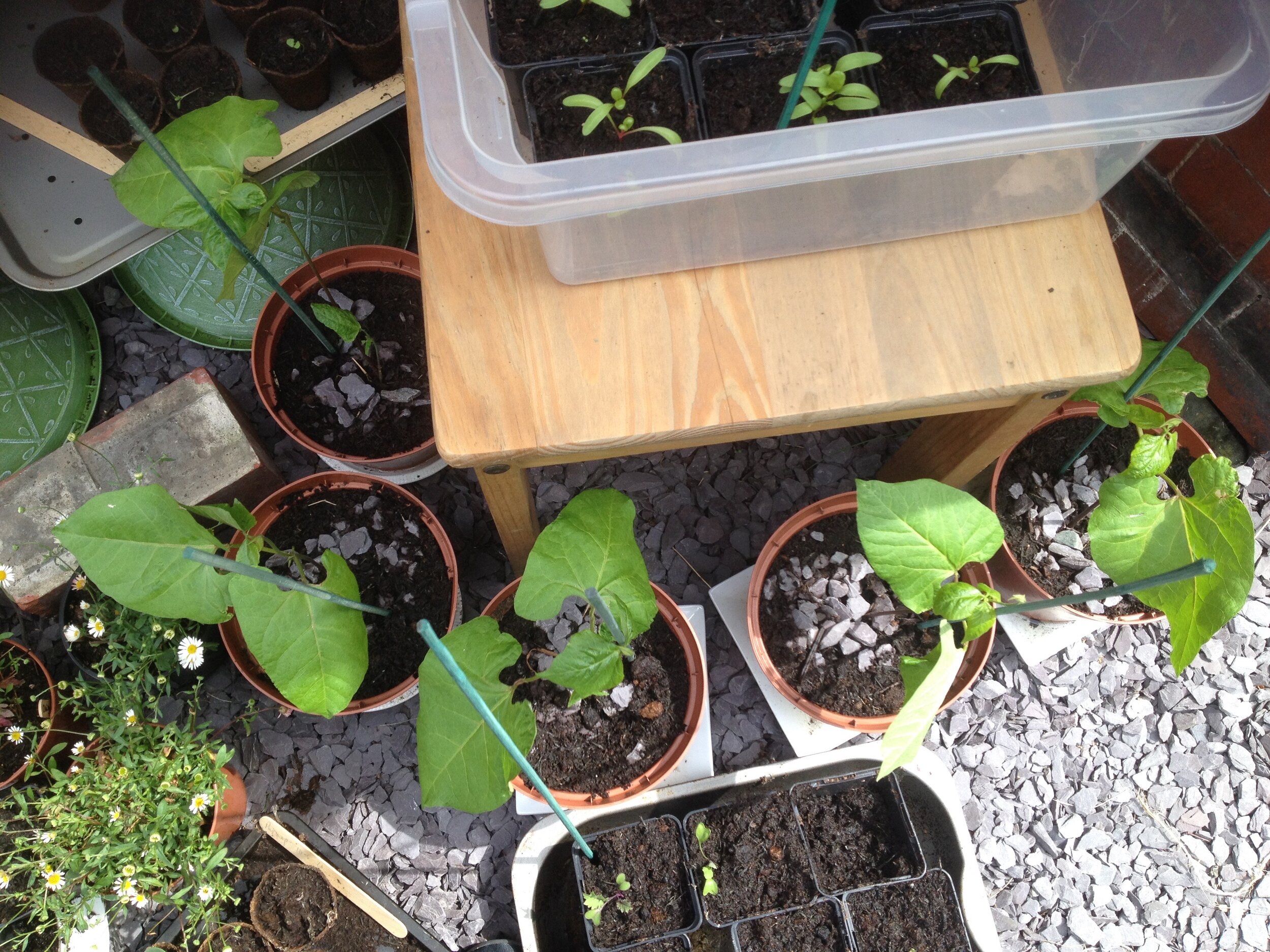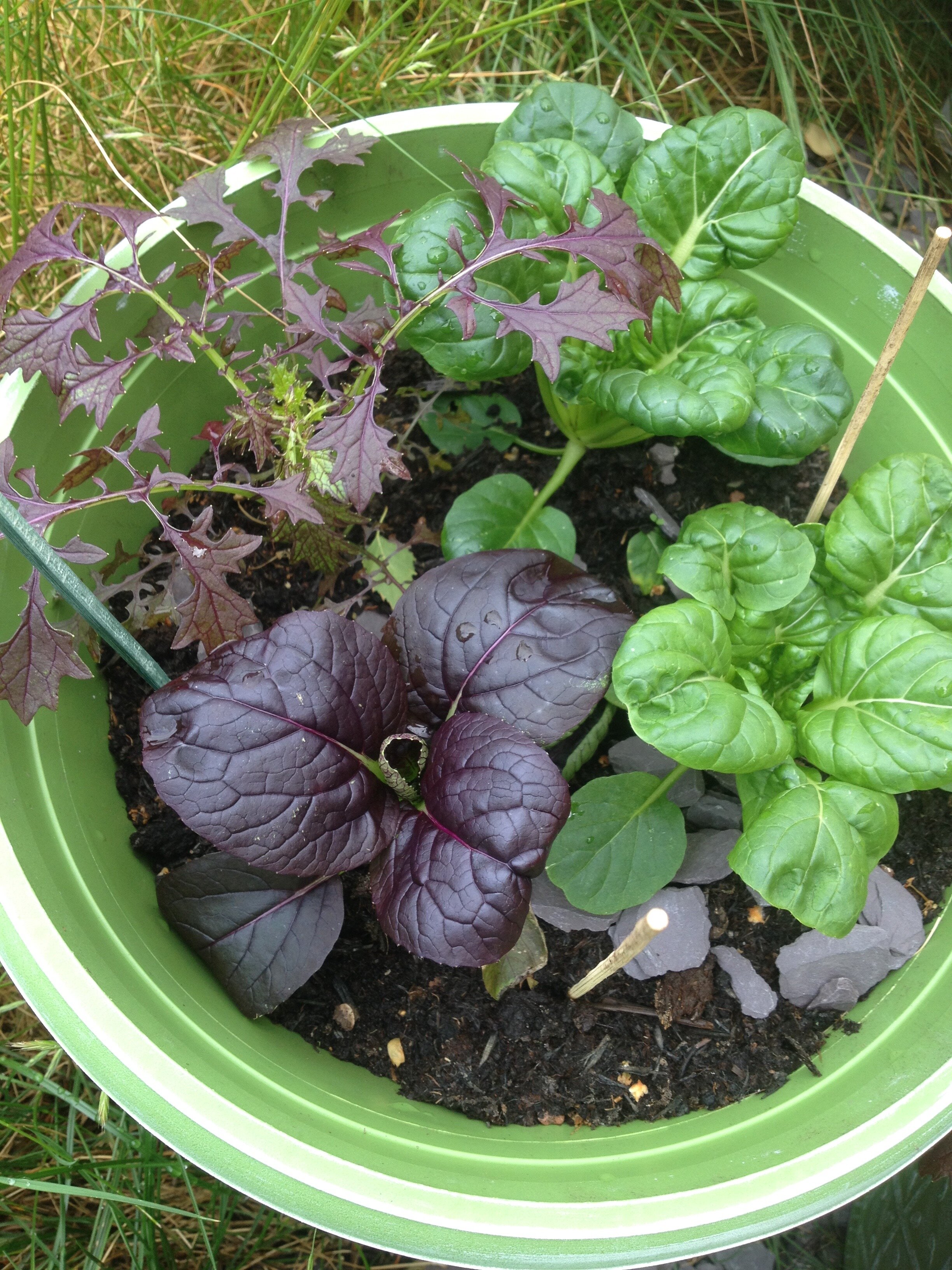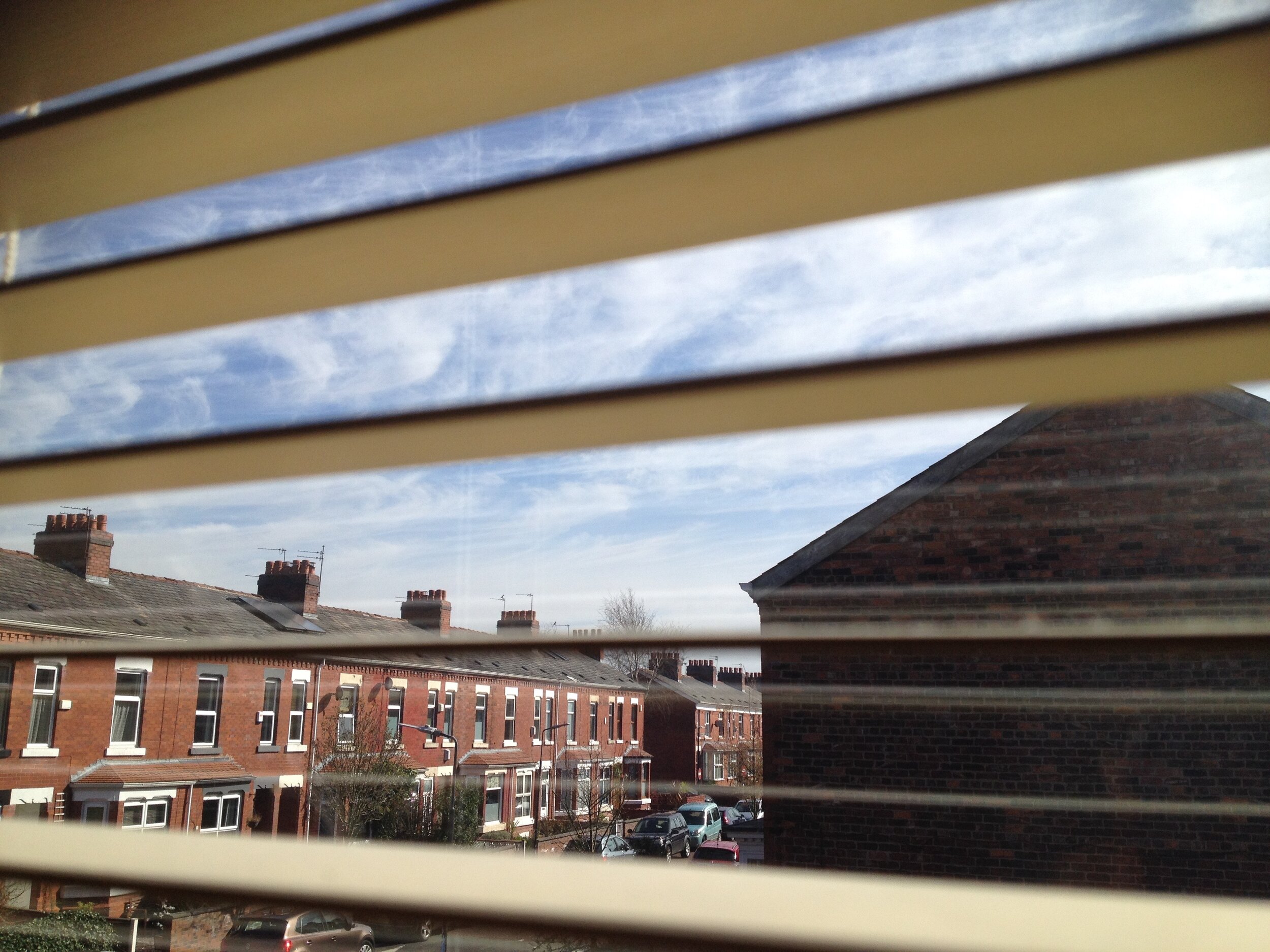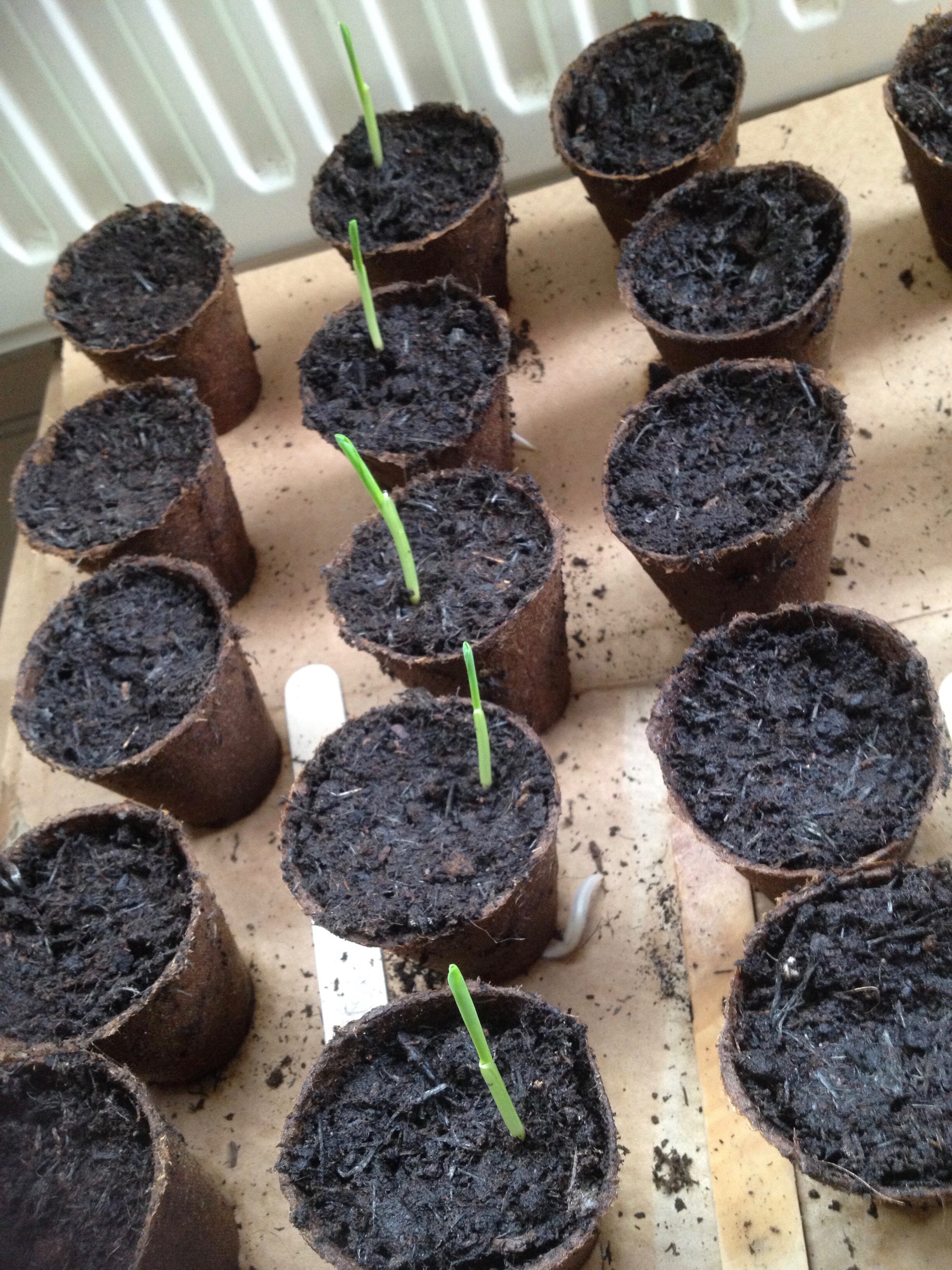Writing, CUratinG, Making
selected Projects:
Creative Adaptive Solutions for Treescapes of Rivers (CASTOR) (2021-24)
Artist Residency at AIRSPACE Gallery
Social Practice Art as Research: a guide
This ‘how to’ guide outlines Social Practice Art as Research used by Jenna Ashton from the University of Manchester. The artwork was created in collaboration with Irene Solé Canet.
https://aspect.ac.uk/resources/research-method-social-practice-art-as-research/
Community Climate Resilience through Folk Pageantry: AHRC, Met Office, UK Climate Resilience Programme. 2020 - 2023.
PI Dr Jenna C. Ashton, Lecturer in Heritage Studies, Institute for Cultural Practices, SALC
Co-I Dr Kevin Malone, Reader in Composition, Music, SALC
Co-I, Prof Sarah Lindley, Professor of Geography, Geography, SEED
"Community Climate Resilience through Folk Pageantry" offers a creative, imaginative and interdisciplinary practice-as-research project focusing on community knowledge to deliver a Manchester-focused case study responding directly to its climate action policies and community contexts. The project builds on existing research practices of the PI and Co-Is across intersectional areas of geography, mapping, performance, music, socially-engaged arts practices, and intangible and material heritages.
We investigate these questions:
How can socially-engaged arts and community-based performance methods identify barriers and solutions to initiating climate mitigation and adaptation strategies?
How can creative methods offer improved and new processes, tools and skills by which community climate resilience and adaptation targets can be more effectively attained?
What is the transferability of creative techniques, processes and spaces for holistic approaches to mitigation and adaptation locally and nationally?
How can creative practices be embedded within local policy consultation processes toward inclusive engagement on climate action?
How can research learn about modes of resilience from residents in areas of high deprivation?
What new “artivism” forms, spaces and outcomes emerge from interdisciplinary approaches around climate action
The issue we will explore include:
How a community articulates its perspectives on social justice and equality with regard to climate resilience;
How interdisciplinary creativity can be researched and applied to activate community climate resilience;
How a community can create, own and embed creative outcomes for resilience;
The means to best transfer these methods to policy-makers for wider implementation.
We define resilience as “the ability to prepare and plan for, absorb, recover from, and more successfully adapt to adverse events” (Centre for Climate and Energy Solutions 2019).
Project site and Twitter:
Website: Creative Climate Resilience
Twitter: @CreativeResMcr
Anonymous Was A Woman: A Museums and Feminism Reader. (book, MuseumsEtc, 2020)
Anonymous Was A Woman is a 300-page positive, inspiring, practical reader, focusing on feminist actions being taken within museums (including the Art Gallery of Ontario, Detroit Institute of Arts, Minneapolis Institute of Art, National Museums Liverpool, V&A and the Whitechapel Gallery) to address issues of social injustice and inequality, as well as new initiatives aiming to impact and change museums from the outside.
Featuring carefully selected texts from Ashton's previous two-volume Feminism and Museums collection, this book has a new Introduction by editor Jenna C Ashton, and each text has been reviewed and updated by the author.
Feminism and Museums, volumes 1 & 2 (books, Museumsetc, 2017-18)
Mention “feminism” outside of sociology or politics and you're often met with an eye-roll or confusion. However, the hard reality is that females remain a highly oppressed group globally: deemed inferior, suffering from violence and slavery, and denied educational, economic and political opportunities.
In two volumes (1,344 pages), Feminism and Museums explores how museums are responding to these wider socio-political challenges, in which they too play a part. In an unprecedented range, depth and variety of case studies and analyses these volumes present feminist actions, interventions and disruptions which are impacting the processes of collecting, learning, interpretation and engagement in today's museums, galleries and heritage organisations.
In 57 chapters, creative resistance by both high-profile galleries and grassroots activist collectives is presented, and issues of colour, disability, domestic abuse, indigenous rights, labour, land use, migration, pornography, rape, refugees, sexuality, sex-work, technology and work examined.
Feminism and Museums creates a space of creativity, conversation and confidence, of dialogue and new knowledge, building on the ambitious practice and perseverance of museum workers worldwide, and bringing together new voices, contexts and methodologies to both inform and inspire.
Purchase: https://museumsetc.com/products/feminism-and-museums
Creative & curatorial practice with Audiology, medicine and health care (2013 - )
An ongoing collaboration:
- "Understanding Hearing Loss: role of creative methods": With Sheila Fidler, Centre for Human Communication & Deafness, University of Manchester]
Exhibitions: “Artefacts & Experiences: Reframing Narratives across Medicine and Health”, Manchester Central Library (Oct - Nov 2014); “Hearing Loss and Social Isolation in South Asian Communities”, Levenshulme Inspire Community Gallery (Dec 2016 - Feb 2017); “Deaf Education & Audiology: a journey through artefacts, archives and creativity”, Manchester Central Library (forthcoming, 14 Oct – 14 Dec 2019); Medical Artists Association Annual International Conference, co-organiser, invited panel-chair & speaker on ethics and curatorial practice, Chancellor’s Hotel, Manchester, 21 - 23 April 2016
- "Dentistry Responding to Domestic Violence and Abuse": creative methods informing practice & research on how the capacity of dentists and dental care professionals can be enhanced to support women with lived experience of domestic violence and abuse (DRiDVA). [With School of Dentistry, UoM, 2016]
- "Telling Tales": a collaboration between members of the Language Development and Disorders Research Group, School of Psychological Sciences, Faculty of Medical and Human Sciences, and Dr Jenna C. Ashton. Exhibition “Telling Tales: speech communication disorders”, Manchester Central Library (Oct - Nov 2015); Conference - International Networking for Healthcare Education Conference 2015, speaker on creative practice within health care, co-wrote with Dr Elaine Lockton, Clinical Lecturer in Speech and Language Therapy and Dr Sheila Fidler, Senior Clinical Lecturer in Audiology UoM, Churchill College, Cambridge, 8 - 10 Sept 2015 – published paper in process]
Exhibition, British Ceramics Biennial 2021
exploring girlhood
“A Letter to My Mum”, By Kani Kamil
“Exploring Girlhood”, exploring sociological/historical data to spark creative connections across generations, countries & cultures. A collaboration between the research project “Girlhood and Later Life” (Pi, Prof Penny Tinkler), Dr Jenna C. Ashton & Digital Women’s Archive North (DWAN) , and five women artists (born 1962-1988) bringing diverse experiences of girlhood outside the UK: Kani Kamil (Kurdistan-Iraq), Mahboobeh Rajabi (Iran), Rand Aljundi (Syria), Gloria Saya (Congo) and Mei Yuk Wong (Hong Kong).
Made in Persia
The project, Made in Persia, is by artist Mahboobeh Rajabi and is supported by Dr Jenna C. Ashton, Lecturer in Heritage studies, Institute for Cultural Practices. Supported by Arts Council England. More info here.
Green Infrastructure and the Health and Wellbeing Influences on an Ageing Population (GHIA)
People’s Landscapes (2019)
The mothers of Tiananmen, (2019)
For the 30th anniversary of Tiananmen Square Massacre (2019), I co-curated this exhibition with artist Mei Yuk Wong in collaboration with the Centre for International Women Artists (CIWA), June 4th Museum HK, & activist survivors. Kickstarter supporting ongoing commemoration and justice work: https://www.kickstarter.com/projects/64museum/june-4th-museum-of-memory-and-human-rights
The House of opposites (2020 & 2021)
Artists Alison Duddle, Alice Kettle and Eleanor Mulhearn, with writer Jenna C. Ashton, have collaborated to create the experimental travelling artwork, The House of Opposites. The work draws inspiration from artist Leonora Carrington’s painting, The House Opposite (1945), and from collective memories of the childhood dollhouse, which combined, have evolved into this exhibition.
The installation consists of various parts. There is a ‘house-container’, a collection of curious objects, film and spare-parts with peephole spaces. The container, once opened, grows haphazardly outwards into the surrounding space. This work reframes the small-world ordering and tidying of the child’s dollhouse into a site of action, in which a strange family of humans, animals and hybrids exist, engaged in bizarre and beguiling personal relationships and narratives.
We hope that this artwork evokes childhood memories of play and new storytelling.
(Dean Clough, Feb - May 2020)
Honoured my practice and words included in new book by the brilliant @CatrionaMcAra, along with artist collaborators Alison Duddle, Eleanor Mulhearn, & Alice Kettle. “The Medium of Leonora Carrington: a feminist haunting in contemporary arts.”
Other writings:
See https://www.research.manchester.ac.uk/portal/jenna.ashton.html
Book chapters
• Ashton, J (f2020) “Strategies of Feminist Arts Interventions at the National Trust” in N. Cass, G. Park, A. Powell (eds), Intersecting Practices: Contemporary Art in Heritage Spaces, Routledge.
• Ashton, J (2018) “Feminist Archiving [manifesto continued]: skilling for direct action” in Dever, M (ed), Archives and New Modes of Feminist Research, Routledge.
Journal Articles
• Ashton, J (2017) “Feminist Archiving [manifesto continued]: skilling for direct action”, Australian Feminist Studies, 32: 126-149.
• Ashton, J (2015) “A Concrete House & its Photographic Portrait”, Parallax, 21:3: 288- 308.
Reports
• Lindley, SJ, Ashton, J, Barker, A, Benton, J, Cavan, G, Christian, R, Colton, R, Cook, PA, Dennis, M, French, D, Gilchrist, A, James, P, Macintyre, V, O’Neill. J, Phillipson, C, Taylor, R, Tzoulas, K and Wossink, A. (Jan 2020), Nature and Ageing Well in Towns and Cities: Why the natural environment matters for healthy ageing, Available at http://www.ghia.org.uk
• Ashton, J (2020) , “A Working Research Report on Ryebank Fields: Its uses and impacts”, for the Friends of Ryebank Fields.
• Ashton, J (Jan 2020), “Consultation Report Development of a museum of memory, peace and human rights in Kosova”, for the Bogujevci Family Foundation, Kosova.
• Ashton, J (Sept 2019), “Women and Power 2018: Research Report”, for the National Trust.
•Ashton, J, Colton, R (2017) , “A Working Research Report on Nustford Vale: Its uses and impacts”, for the Friends of Nutsford Vale.
Published Art Writing
• Ashton, J (Nov, 2020) “Hair”; and “Thread” in P. Dobraszczyk (ed), Manchester: Something Rich and Strange, Manchester University Press.
• Ashton, J (2018) “The Anonymous Cutter: 1928-1966”, in David Penny, Cutting Ceremonies and Other Suggestions, Manchester School of Art.
• Ashton, J (2017) “The Feminists are Cackling in the Archive: A Manifesto”, Feminist Review, 115: 155- 164.
TRAVELLING HERITAGE BUREAU OF INTERNATIONAL WOMEN ARTISTS
PROJECT PAGE
The Travelling Heritage Bureau of International Women Artists
Developing a museum of war, peace and memory in Kosovo (ongoing, since 2019 -)




Through the Lens of Ms. Curry (project, since 2017 -)
At the centre of this project is my evolving relationship with an adopted archive of 20,000+ 35mm photographic slide collection and ephemera of UK photographer and historian, Ms. Margaret Curry. Ms. Curry now lives in a care home, has dementia, with no family or legacy for her life work. Margaret was a prolific traveller, photographer and storyteller, presenting her work at various regional history groups. She was a vibrant and much-loved practitioner. The collection documents UK Northern landscapes and communities from the 1950s through to the 2000s; Curry’s illustrated slide show talks frequently focused on the curious, bizarre or “downright gruesome”.
In 2017 Ms. Curry’s archive was on the brink of being destroyed, despite her very active contribution and participation in community-led heritage practices. Rochdale Council could not find a location to host the collection at such short notice when Ms. Curry was moved into a care home. This raises significant question for contemporary collecting and what is the likely profusion of material currently produced and held by older heritage champions and practitioners, or for what has already been destroyed.
This project - working towards an exhibition, film and book - is thus part of an experimental ethnography in feminist collecting, care, and amateurism, offering an analysis of the meanings and values suggested and imagined by this manifestation of amateurism material culture (a slide collection). I am now working through this collection, caring for its condition, making sense of its layers and content, following in the footsteps of Ms. Curry and visiting, and documenting, the places and spaces she documented. Through its presence in my practice and everyday life, I open up a dialogue for exploring legacies of ageing heritage amateurs in heritage-making; the (in)visible or undervalued participation of women in amateur heritage practices; and the complex intergenerational female conversations (practical and theoretical) activated via processes of documenting and collecting.
Urban Nature & urban gardening (2016 -)
The creation of a potager in a Manchester urban setting, inspired by research on garden activism in urban settings (started 2016). Digging, sowing, planting started 2020.
colour/ chroma (2010 -)
https://colourchroma.wordpress.com/
Colour/ “Chroma” is an ongoing project (since 2010) which seeks to work with artists, scientists, people and spaces to explore the role of colour in sensory experience.
The project is inspired by Derek Jarman’s text Chroma: A Book of Colour – June ’93, a text responding to the author’s encroaching blindness due to AIDS related complications. A painter, film maker, writer and gay rights activist, Jarman’s exploration of colour touches upon history, literature, philosophy, psychology, religion, science, art, and personal memory. Diagnosed as HIV+ in 1986, Chroma was one of his last projects prior to his death in 1994.
There are three key strands to the Colour/”Chroma” project: the first, is to engage a wider audience with themes and concepts of art history and visual culture; the second, to further explore the relationship between arts and science; the third, open up conversations about our understanding and perception of sensory impairment.









